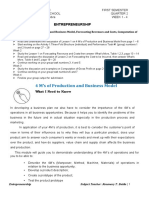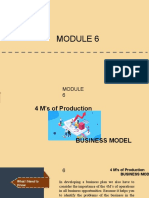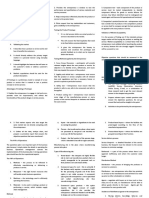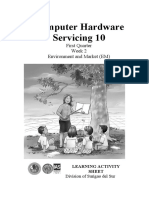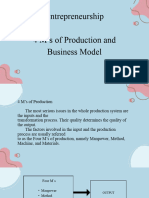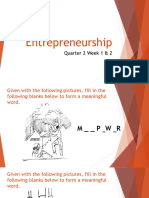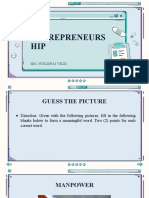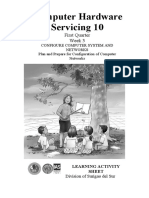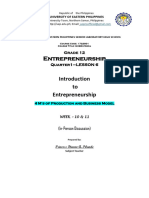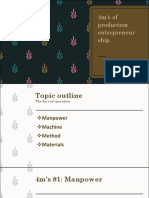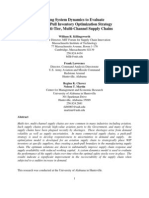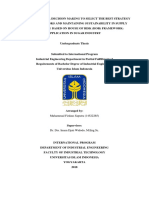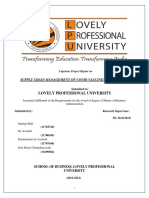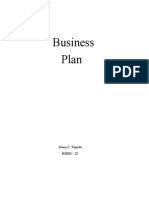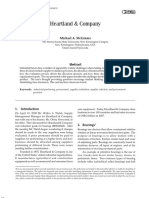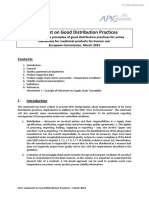0% found this document useful (0 votes)
45 views11 pagesEntrep q2 m2 - Product Development Process
The document discusses a module on product development process for entrepreneurship students. It introduces the key steps in product development including validating the product description with customers, selecting suppliers, and discussing the value chain. The module aims to help students understand product validation, supply chain management, and computing the selling price of a product.
Uploaded by
MoonlightCopyright
© © All Rights Reserved
We take content rights seriously. If you suspect this is your content, claim it here.
Available Formats
Download as PDF, TXT or read online on Scribd
0% found this document useful (0 votes)
45 views11 pagesEntrep q2 m2 - Product Development Process
The document discusses a module on product development process for entrepreneurship students. It introduces the key steps in product development including validating the product description with customers, selecting suppliers, and discussing the value chain. The module aims to help students understand product validation, supply chain management, and computing the selling price of a product.
Uploaded by
MoonlightCopyright
© © All Rights Reserved
We take content rights seriously. If you suspect this is your content, claim it here.
Available Formats
Download as PDF, TXT or read online on Scribd
/ 11







